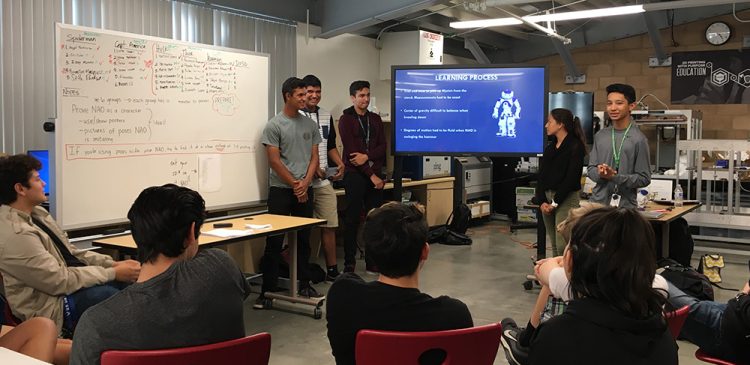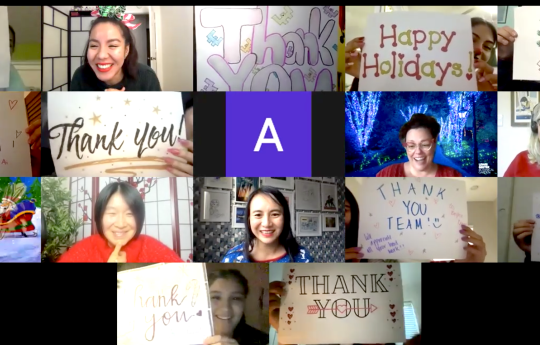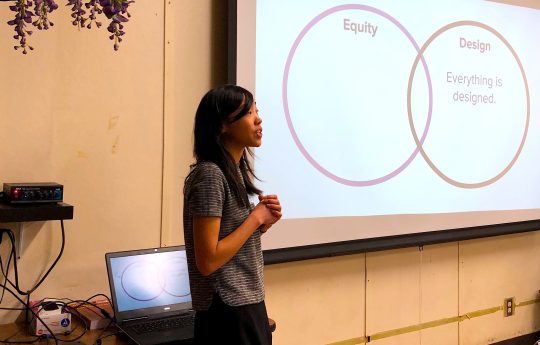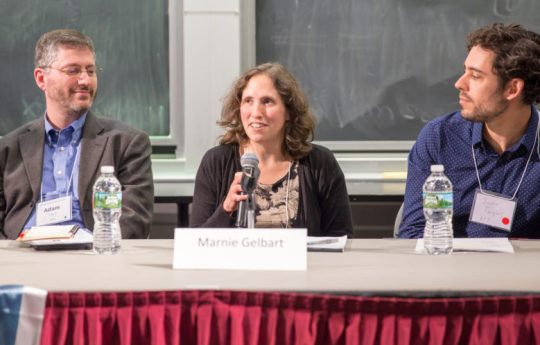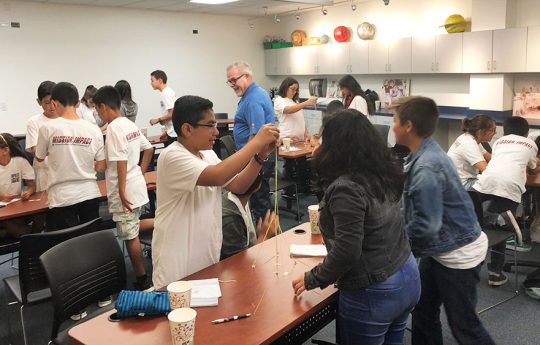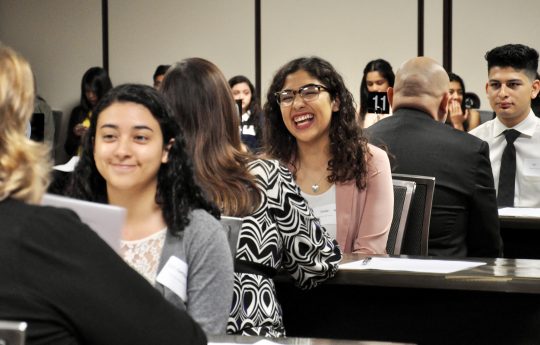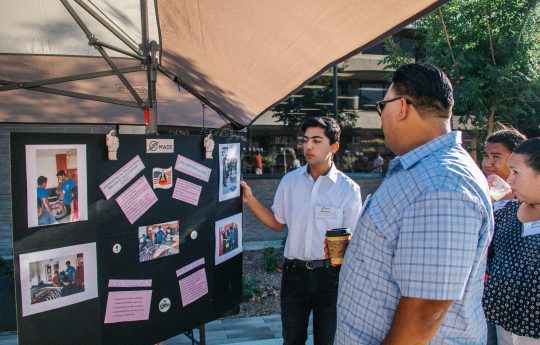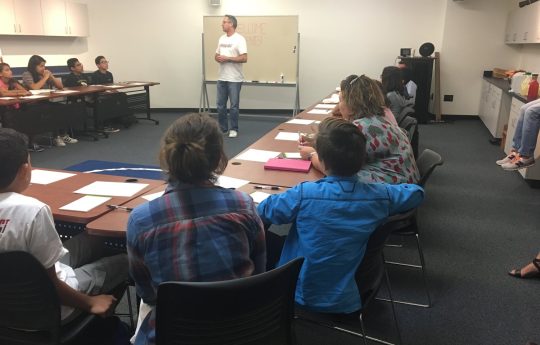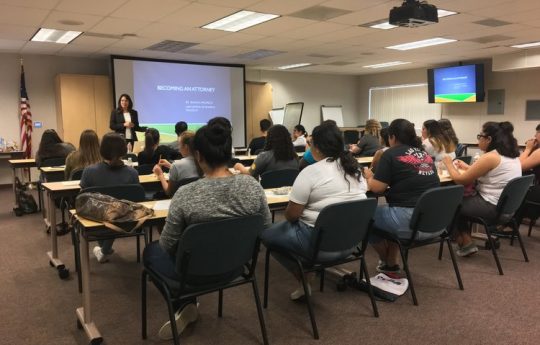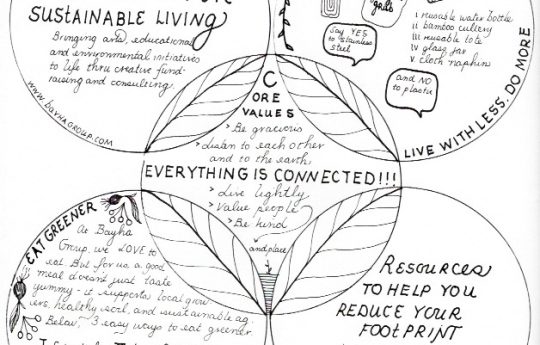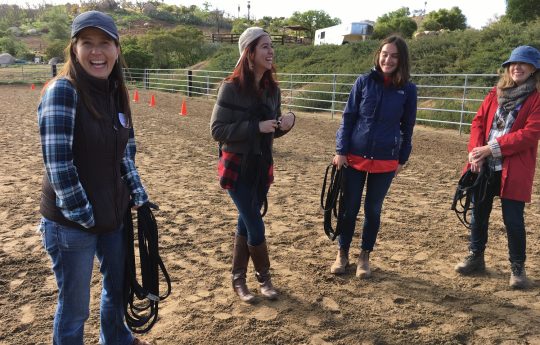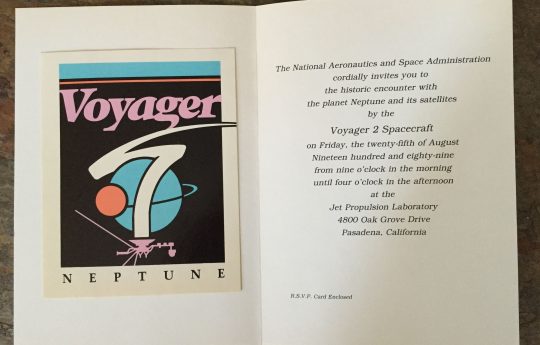Image: High school students in Downey learned how to program the NAO robot and prepare to present what they learned to a panel of science expert judges. This was made possible by Downey’s California Career Pathways Trust grant.
Congratulations, you’ve received the formal “you won” written confirmation for your grant funding submission. This means wonderful things for your school or organization.
By June Bayha
However, finding out that your grant has been funded can bring up a range of emotions. First, you might feel euphoria and relief that all those nights of sleep deprivation were worth it. Then, after sharing the good news with your team and the rounds of congratulatory emails and phone calls with your partners, the panic sets in. You suddenly face the reality of having to actually implement what you wrote. Now what?
Here’s my advice for getting started on executing your plan while staying as cool as a cucumber.
1. Speak to your stakeholders
Early communication is key to starting off on the right footing, so take some time to notify all stakeholders. Outline the goals and expected outcomes clearly from the outset. Often a grant can’t move forward without formal approval from the School Board, so make sure everything is in order before taking the next steps.
2. Plan for implementation
Once all the internal district leaders, departments, and the School Board are aware and comfortable to receive the grant funding, the next step is to map out a clear plan and timeline for implementation.
Consider the ‘who’ and ‘what’ you need to get the grant underway by asking yourself a series of important questions. For example:
- Who needs to be involved to get the work done?
- Do they know?
- Do you need to hire or contract with people?
If you need to hire, start that process as soon as possible. In my experience, school districts often take a long time to hire and then there’s concerns about how to sustain that position once grant funds end. It’s tricky.
If there’s no new hiring required, does the grant proposal include subcontractors to complete the work? If so, does the school district require a bidding process or can direct subcontracts be made? You may also want to check if you need general liability or other insurance, and if you need to complete background checks, including fingerprinting, for your team.
3. Check for research components
If the funding agency requires a research component, chances are the grant proposal already had to include language about protecting human subjects. If you’re unsure, you can find detailed information on the US Department of Education’s Information about Requirements page.
4. Establish clear roles and responsibilities
Grants work best when there’s a lead person who communicates regularly with the funding agency, the internal team, and any subcontractors, to monitor progress. This lead person must work hard to build trust and communicate clearly about who is responsible for what task and how they will be held accountable. I find it helpful to mutually agree on expectations, and put them down in writing, early in the process.
However, it’s not always easy. I’ve learned some valuable communication and leadership lessons throughout the grant writing and application process that I’m happy to share:
Check in regularly
Schedule regular check-in meetings with your internal team to monitor the progress of the grant work plan and timeline and address any roadblocks. Use the regular meetings to build strong positive team culture where everyone feels supported and heard.
Bring your team together
Involve all key stakeholders early in the process. Perhaps create a big kickoff event that lets everyone know the grant was funded and what was written in the grant to be implemented.
Make introductions
If there are grant subcontractors, introduce them to all key stakeholders within the school district. The subcontractors will be more effective if they build relationships with school and district staff. As a subcontractor agency, my team and I pride ourselves on making it easy for the school district to gain traction on the project by providing clear communication and thorough planning from the start. We always include the project director on our communication to school or district and other stakeholders.
Work with the willing
Let’s face it: not everyone at a school or district wants to be involved with new programs. Some view it as more work on top of their already full schedules, and some just don’t understand the value. My advice? Build a coalition of the willing. Include only those who are excited to try something new or at least willing to step outside their comfort zone and give it a chance. It’s better to work closely with a small group of highly motivated people (who will become the project champions), than to force participation of a big group of naysayers who are bitter and will likely poison the process.
Document and share the process
Share the news—both the good and the challenges—on social media, reports to funders and internally as a way to address areas of improvement. Use small wins to create a healthy dose of jealousy so that those who may have been reluctant to be early adopters, or even other districts say, “Hey, I want to do that, too.”
It’s time to get started
After much-deserved celebrating, take a deep breath, roll up your sleeves, and set your grant proposal work in motion. Tag us on social media @bayhagroup so that we can learn about your work, and we would love to hear if any of these tips helped you along the way. Good luck!


